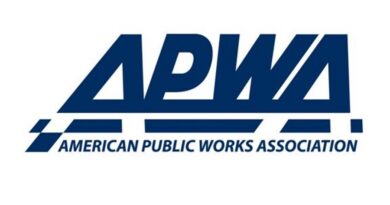Booming Energy Grid Modernization at a ‘Make or Break Moment’
In the middle of an energy modernization boom, the $1.2 trillion Infrastructure Investment and Jobs Act, signed into law in 2021, earmarked $73 billion for improving the power grid. In the midst of pushing the grid towards renewable energy, tThe country not only must replace its aging grid infrastructure but build significantly more capacity.
“Our grid is at a make-or-break moment,” Willie L. Phillips, chair of the Federal Energy Regulatory Commission, told reporters. “(The grid) is being tested every single day in ways that we’ve never seen before. We’re not talking about regular demand. We’re talking about dramatic increases of demand on our system.”
According to the American Society of Civil Engineers ( ASCE), More and more energy projects are making their way through planning and regulatory review across the country, seeking connection to the grid, a process known as “interconnection queues.” The amount of new electric capacity is growing dramatically, with nearly 2,600 gigawatts of total generation and storage capacity trying to connect, according to Lawrence Berkeley National Laboratory.
“We’ve had mostly flat load growth in recent decades,” says Patricia Taylor, director of policy and research for the American Public Power Association, which represents not-for-profit power utilities across the country. “But now with electrification of transportation, heating, other users, AI, data centers, this is all growth that can benefit the utility. This can help decarbonize the energy sector.”
This demand for energy and the rush to provide it is creating bottlenecks and opportunities. One of the challenges is the availability and price of transformers, which change the voltage of electrical energy as it moves through the grid. “If there were to be a major hurricane or some weather event, if lines or poles go down, we’re going to need transformers to build up the existing infrastructure,” says Paul Zummo, director of research and development at APPA. “So it’s a concern both for the replacement for what exists and then as future build-out.”


